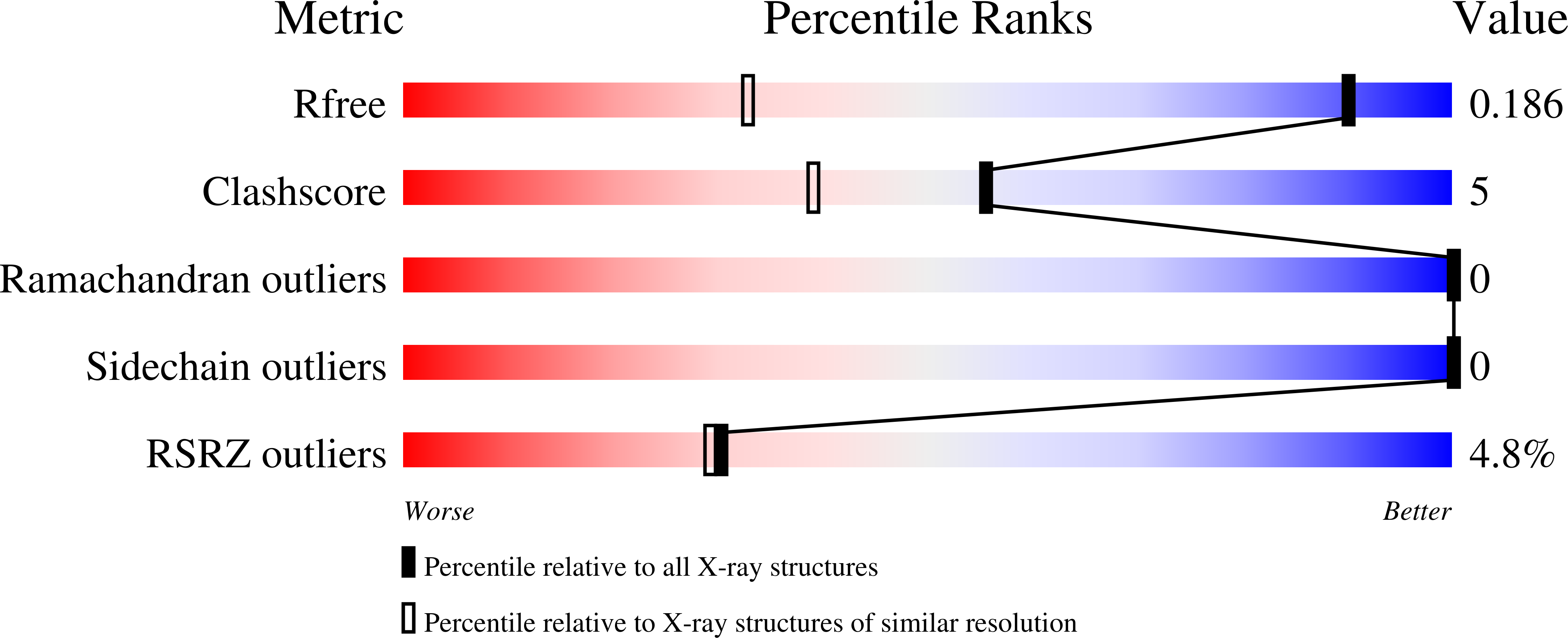
Deposition Date
2020-07-27
Release Date
2021-01-27
Last Version Date
2024-10-16
Entry Detail
PDB ID:
7JJV
Keywords:
Title:
Crystal waters on the nine polyproline type II helical bundle springtail antifreeze protein from Granisotoma rainieri match the ice lattice
Biological Source:
Source Organism:
unclassified Entomobryomorpha (Taxon ID: 730332)
Host Organism:
Method Details:
Experimental Method:
Resolution:
1.21 Å
R-Value Free:
0.18
R-Value Work:
0.14
Space Group:
P 21 21 21


